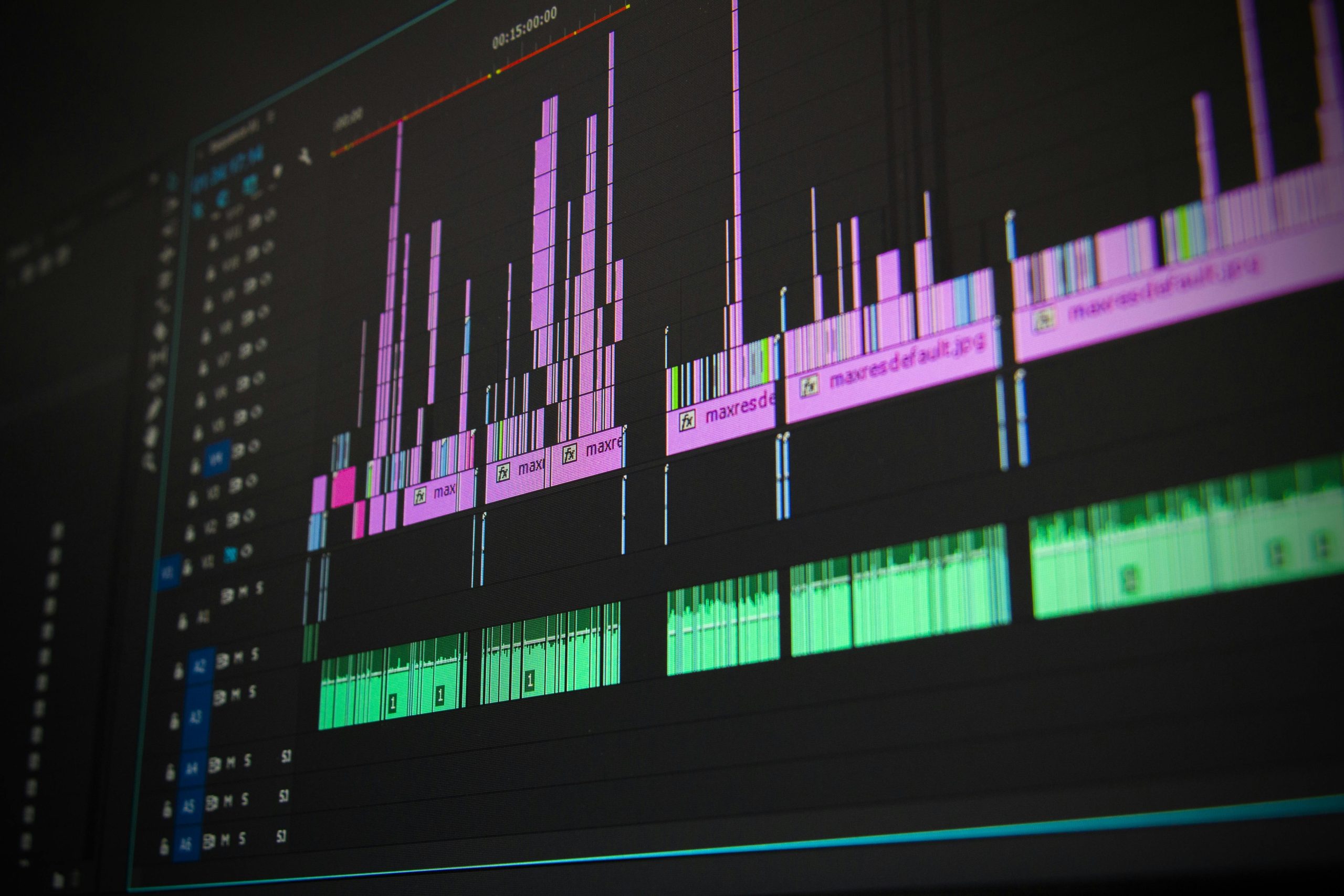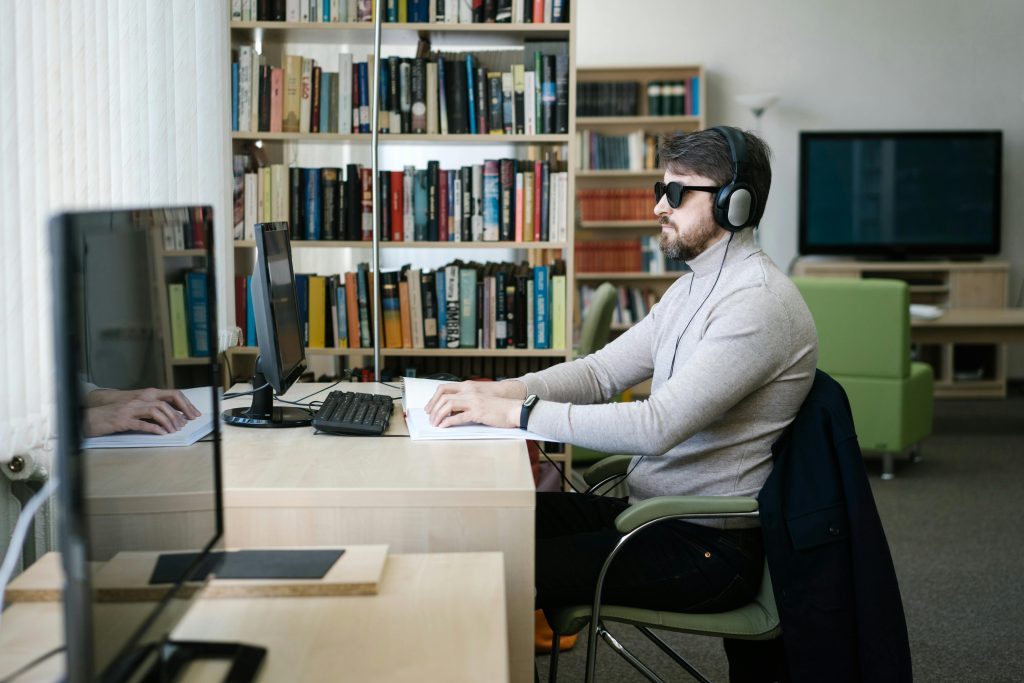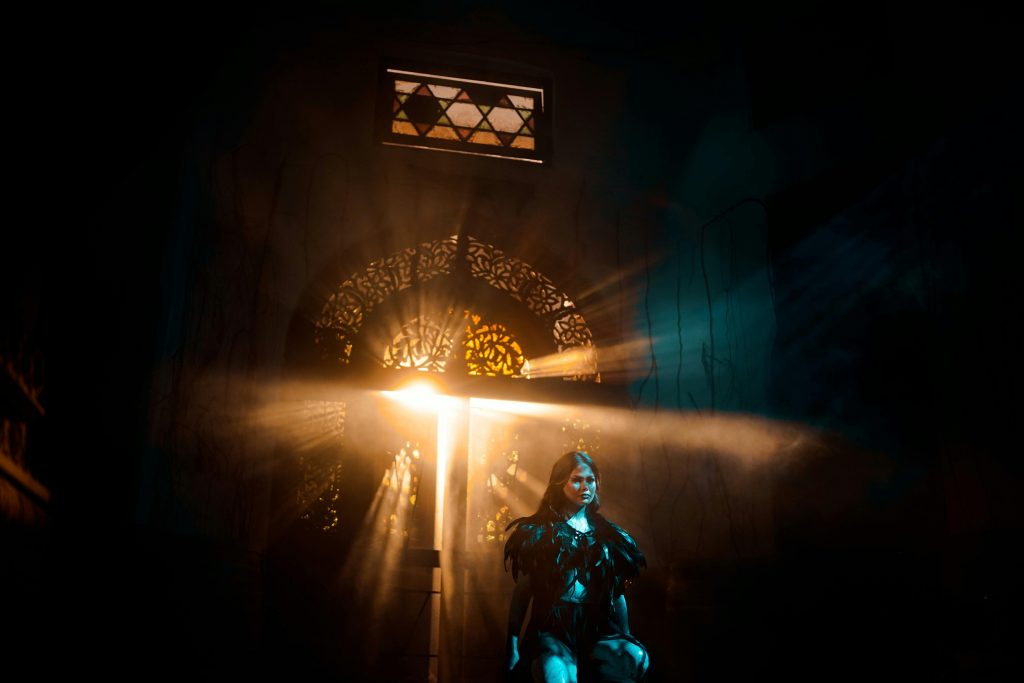Troubleshooting a Non-Starting PC: When the Power LED Is Off and No Video Display
Experiencing a computer that refuses to power on or display video can be a frustrating ordeal for many users. If you’ve recently performed maintenance or hardware upgrades, such as applying new thermal paste, and then encounter issues like the motherboard power indicator not lighting up and the case fans not spinning, it’s essential to approach the problem methodically. In this article, we’ll explore common causes and effective troubleshooting steps to help resolve such issues.
Understanding the Issue
In the scenario described, the user reports that after replacing the thermal paste:
- The motherboard power indicator light remains off.
- The case fans do not start.
- No video output is displayed on the monitor.
Additionally, the user previously managed to resolve the fan issue by removing and reinstalling the CMOS battery, but power and video still remain absent.
Common Causes
Several factors could lead to a system failing to start and show no video output:
- Power Connection Problems: Loose or disconnected cables from the power supply.
- Motherboard or Hardware Damage: Potential damage during component handling or accidental bending of pins.
- Faulty Components: Defective RAM, CPU, GPU, or motherboard.
- BIOS/UEFI Issues: Corrupted firmware preventing successful POST.
- Short Circuits or Improper Reassembly: Incorrect mounting or missing standoffs.
Step-by-Step Troubleshooting Guide
- Initial Inspection
- Check all power connections from the power supply unit (PSU) to the motherboard and components.
- Ensure that the 24-pin ATX and 8-pin CPU power connectors are securely attached.
-
Verify that the graphics card (if present) is properly seated in its PCIe slot.
-
Clear CMOS
- Removing and reinserting the CMOS battery is a good first step. Alternatively:
- Use the motherboard’s CMOS reset jumper to clear BIOS settings.
-
This can resolve BIOS-related issues that prevent powering on.
-
Test Power Supply
- Confirm that the PSU is functioning correctly by testing it with a known-good unit or using a power supply tester.
-
Check if the PSU switch is turned on and outlets are active.
-
Minimal Hardware Boot
- Disconnect all unnecessary peripherals.
- Remove all RAM modules except one and attempt to power on.
- Use
Share this content:



